Find Help
More Items From Ergsy search
-

Osteoarthritis of the Hip
Relevance: 100%
-

Osteoarthritis of the Hip
Relevance: 99%
-

Osteoarthritis: Elaine's story | NHS
Relevance: 93%
-
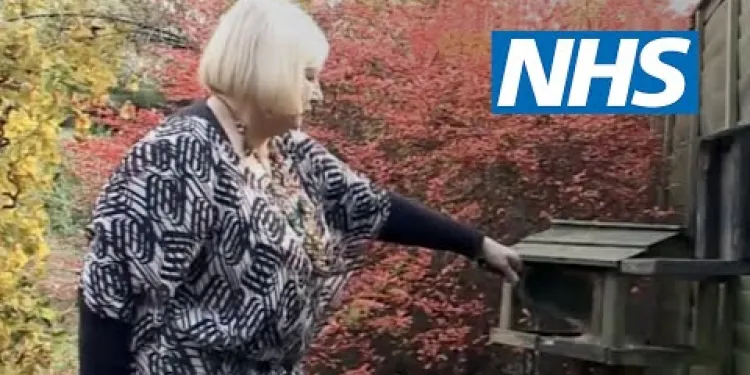
Osteoarthritis: Elaine's story | NHS
Relevance: 93%
-
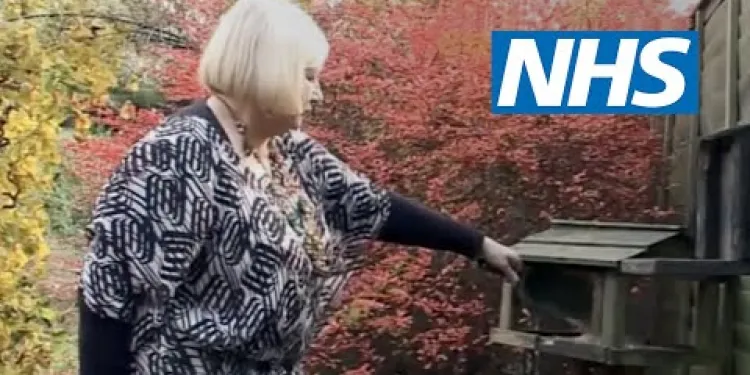
Osteoarthritis: Elaine's story | NHS
Relevance: 92%
-
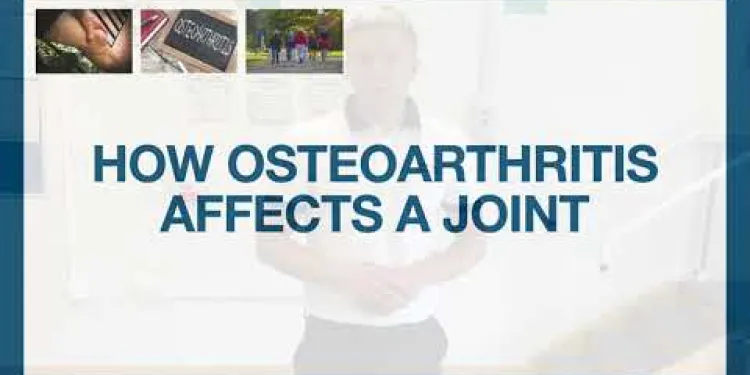
Part One: Understanding Osteoarthritis- MSK Physiotherapy
Relevance: 87%
-
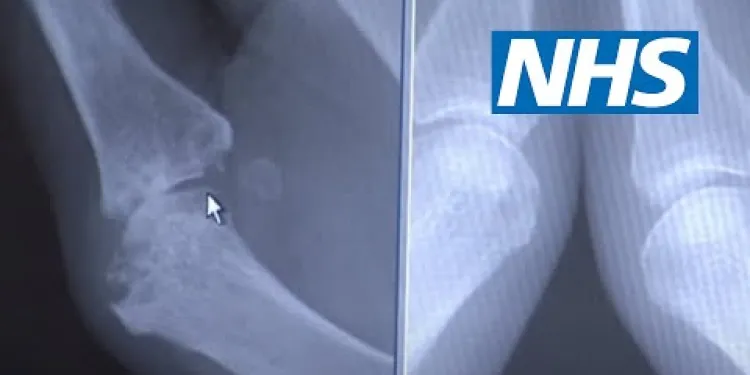
Rheumatoid arthritis | NHS
Relevance: 28%
-

What health risks are associated with obesity?
Relevance: 19%
-

Hip replacement
Relevance: 18%
-
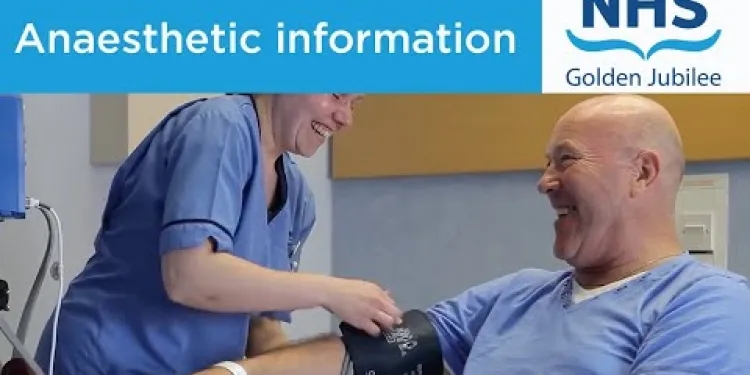
Knee replacement
Relevance: 18%
-
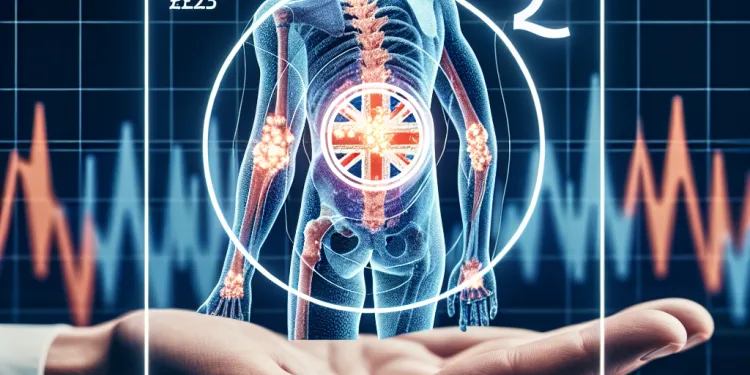
Can chiropractic care help with arthritis?
Relevance: 17%
-
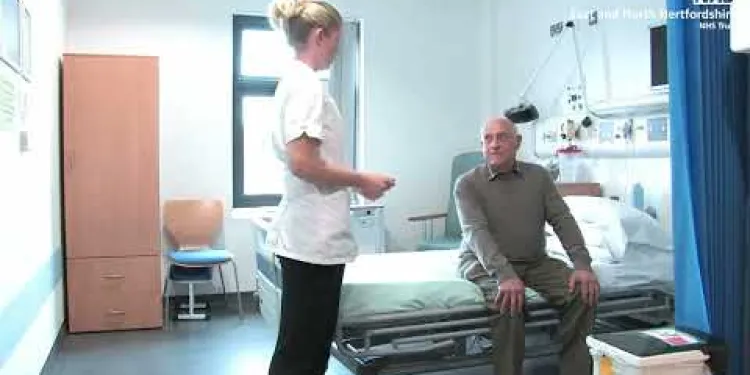
A journey to hip surgery
Relevance: 17%
-
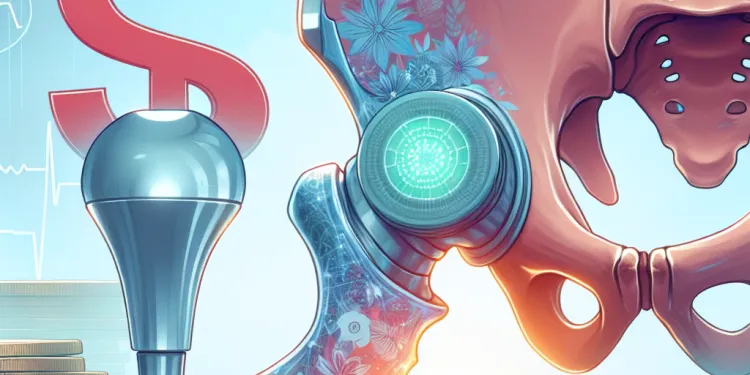
Do I need a Hip Replacement?
Relevance: 17%
-
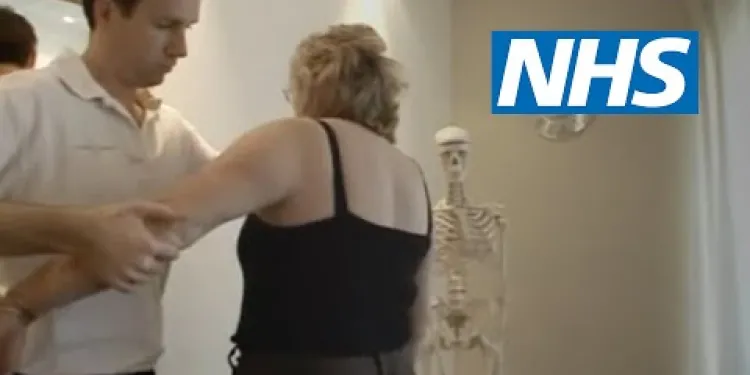
Shoulder pain | NHS
Relevance: 17%
-
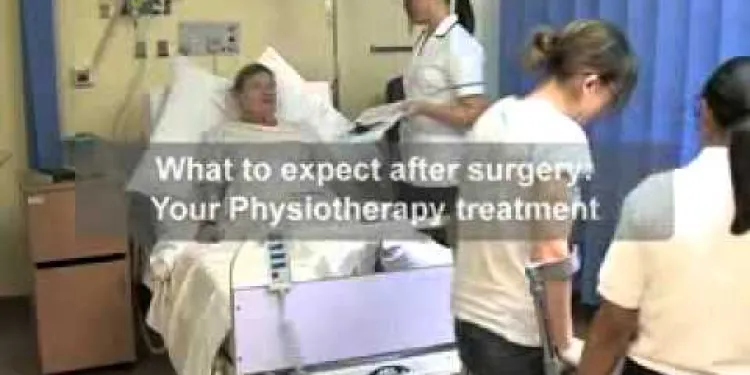
Total hip replacement
Relevance: 13%
-

Total Hip Replacement
Relevance: 12%
-
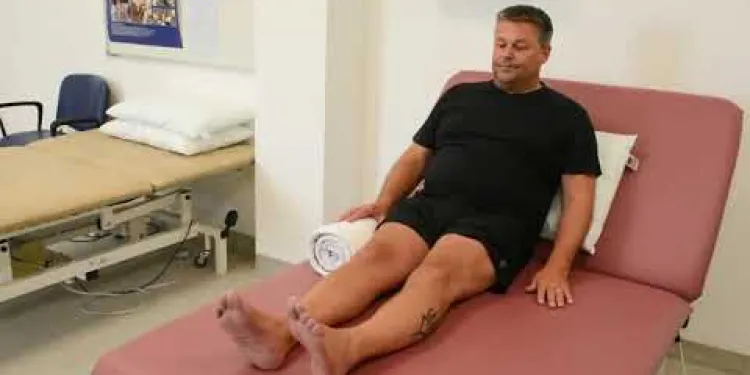
Joint School - Knee Exercises
Relevance: 12%
-

Total Knee Replacement
Relevance: 12%
-

What is Ibuprofen?
Relevance: 12%
-
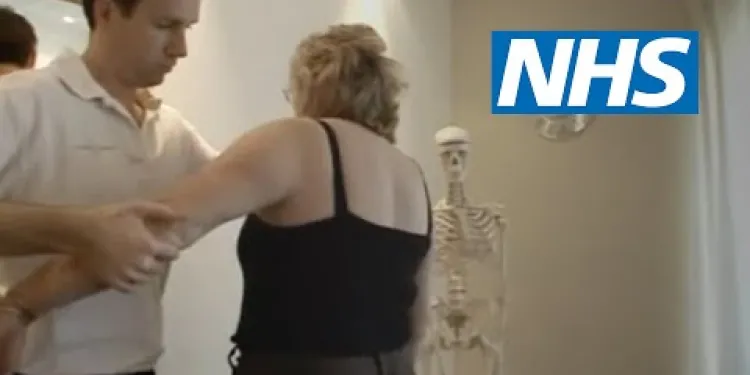
Shoulder pain | NHS
Relevance: 11%
-

Total knee replacement
Relevance: 11%
-

MSK Lower Back Pain information video
Relevance: 11%
-

What is a hip replacement?
Relevance: 11%
-

How long do hip replacement implants last?
Relevance: 11%
-
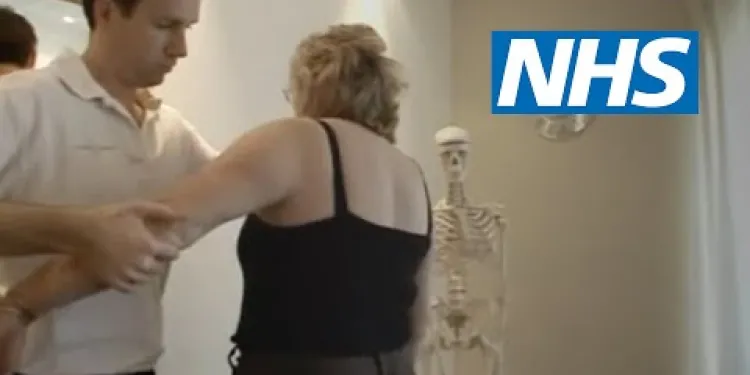
Shoulder pain | NHS
Relevance: 9%
-

Mechanical Lower Back Pain
Relevance: 6%
-

Greater trochanteric pain syndrome
Relevance: 6%
-
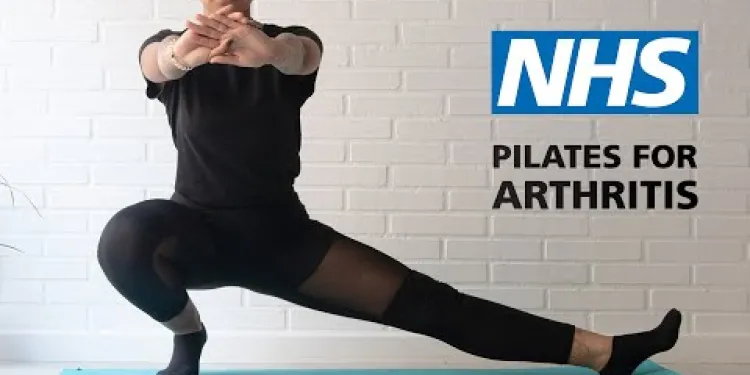
Pilates for Arthritis | NHS
Relevance: 6%
-

What complications are associated with Type 2 Diabetes?
Relevance: 6%
-

Obesity
Relevance: 5%
Elaine's Story - Living with Osteoarthritis
Introduction to Osteoarthritis
Osteoarthritis is the most common type of arthritis in the United Kingdom, affecting millions of people. It occurs when the protective cartilage that cushions the ends of your bones wears down over time. While it can damage any joint, osteoarthritis most commonly affects joints in the hands, knees, hips, and spine.Elaine's Diagnosis
Elaine, a 68-year-old retiree from Manchester, first noticed the symptoms of osteoarthritis in her early 60s. She experienced persistent pain and stiffness in her knees, which made it difficult for her to maintain her gardening hobby. After visiting her GP and undergoing X-rays, Elaine was diagnosed with osteoarthritis.Coping with Daily Life
Living with osteoarthritis can be challenging, but Elaine has found ways to manage her condition effectively. She regularly attends physiotherapy sessions, which have greatly improved her mobility. Moreover, she has adopted a balanced diet rich in anti-inflammatory foods and maintains an appropriate weight to reduce stress on her joints.Exercise and Activity
Despite her condition, Elaine stays active by engaging in low-impact exercises such as swimming and walking. These activities have helped her maintain joint flexibility and reduce pain. The NHS recommends regular physical activity to strengthen the muscles around the affected joints, which can alleviate some of the symptoms.Pain Management
Pain management is a crucial aspect of living with osteoarthritis. Elaine uses a combination of over-the-counter pain relief medications, prescribed by her doctor, and natural remedies like hot and cold treatments. She often applies heat packs to soothe her aching joints and cold packs to reduce swelling after physical activity.Support and Resources
Elaine has also found support through local arthritis support groups and online forums. These communities provide her with a sense of belonging and understanding, as well as valuable tips and advice from others sharing similar experiences. The NHS website offers a wealth of information and resources for those living with osteoarthritis, including guidelines on treatment options and lifestyle changes.Elaine's Positive Outlook
Despite the challenges, Elaine remains optimistic about her future. She focuses on the activities she can still enjoy and takes each day as it comes. Her proactive approach to managing her condition serves as an inspiration to others facing similar challenges.Elaine's Story - Living with Osteoarthritis
What is Osteoarthritis?
Osteoarthritis is a condition that affects many people in the UK. It happens when the smooth cushion in our joints wears away. This can make our joints hurt. It usually affects the hands, knees, hips, and back.How Did Elaine Find Out?
Elaine is 68 years old and lives in Manchester. She started feeling pain and stiffness in her knees when she was in her early 60s. This made it hard for her to enjoy gardening. She went to her doctor and had X-rays. The doctor told her she has osteoarthritis.How Does Elaine Cope?
Living with osteoarthritis can be hard, but Elaine has found ways to make it easier. She goes to physiotherapy, which helps her move better. She also eats healthy foods and tries to keep a healthy weight. This helps her joints feel better.Exercise and Activity
Even with osteoarthritis, Elaine stays active. She likes swimming and walking because they are gentle on her joints. Exercise helps make her joints more flexible and can make the pain less. The NHS says exercise can help make the muscles around the joints stronger.Managing Pain
Taking care of pain is important for people like Elaine. She uses medicines from the doctor and natural ways like hot and cold packs. Warm packs help her joints feel good, and cold packs help stop swelling after she exercises.Getting Support
Elaine gets help from local groups and online forums for people with arthritis. These groups make her feel understood and give her useful tips. The NHS website has lots of information and advice about living with osteoarthritis.Elaine Stays Positive
Elaine stays happy by focusing on what she can do. She takes each day as it comes and tries to enjoy her life. Her attitude is a great example for others who have similar challenges.Frequently Asked Questions
What is osteoarthritis?
Osteoarthritis is a common condition that affects the joints, causing pain and stiffness. It is the most common form of arthritis, particularly affecting older adults.
What joints are commonly affected by osteoarthritis?
Osteoarthritis commonly affects the hands, knees, hips, and spine.
What are the symptoms of osteoarthritis?
The main symptoms of osteoarthritis are joint pain and stiffness. Other symptoms can include swelling, tenderness, and a grating or crackling sound when moving the affected joints.
How did Elaine manage her osteoarthritis?
Elaine managed her osteoarthritis by staying active, maintaining a healthy weight, using pain relief medications, and attending physiotherapy sessions.
Can exercise help with osteoarthritis?
Yes, regular exercise can help strengthen muscles around the joints, improve flexibility, and reduce pain. Elaine found that remaining active was crucial in managing her symptoms.
What kind of physical activity is recommended for osteoarthritis?
Low-impact activities such as swimming, walking, and cycling are recommended for people with osteoarthritis. These activities help to keep the joints moving without causing excessive strain.
What role does weight management play in osteoarthritis?
Maintaining a healthy weight is important because excess weight puts additional pressure on weight-bearing joints, such as the knees and hips, which can exacerbate symptoms.
Are there medications available for osteoarthritis?
Yes, medications such as paracetamol, non-steroidal anti-inflammatory drugs (NSAIDs), and topical treatments can help manage the pain associated with osteoarthritis.
What is the importance of physiotherapy for osteoarthritis management?
Physiotherapy can help improve the range of motion and strength of the joints, reduce pain, and teach individuals exercises and strategies to manage their condition effectively.
Is osteoarthritis a hereditary condition?
There is evidence to suggest that osteoarthritis can run in families, indicating a genetic component. However, it is also influenced by factors such as age, weight, and joint injury.
Can diet affect osteoarthritis symptoms?
While no specific diet can cure osteoarthritis, a balanced diet that helps maintain a healthy weight can reduce strain on joints. Some people find that a diet rich in anti-inflammatory foods can help manage symptoms.
What are some non-drug treatments for osteoarthritis?
Non-drug treatments include regular exercise, physical therapy, weight management, hot and cold therapy, and the use of assistive devices, such as braces or shoe inserts.
Can osteoarthritis be cured?
There is currently no cure for osteoarthritis, but the symptoms can be managed effectively with a combination of treatments, lifestyle changes, and self-care strategies.
How can someone with osteoarthritis improve their quality of life?
Maintaining an active lifestyle, managing weight, using appropriate medications, attending physiotherapy, and seeking support from healthcare professionals can all help improve the quality of life for someone with osteoarthritis.
Where can I find more support and information about osteoarthritis?
The NHS website provides comprehensive information about osteoarthritis, including symptoms, treatments, and self-management tips. Additionally, support groups and charities like Arthritis Research UK offer valuable resources and support.
What is osteoarthritis?
Osteoarthritis is a joint problem. Joints are where two bones meet, like your knee or elbow. With osteoarthritis, the joints can hurt and get stiff. This happens because the stuff that cushions the bones, called cartilage, wears away. Without this cushion, bones rub together and can cause pain.
If you have trouble reading or understanding, you can ask someone to help read with you. You can also use tools that read text out loud. Pictures or videos about osteoarthritis can help, too.
Osteoarthritis is a problem with your joints that makes them hurt and feel stiff. It is the most common type of arthritis and often happens in older people.
Which joints get hurt most by osteoarthritis?
Osteoarthritis can hurt the hands, knees, hips, and back.
What happens when you have osteoarthritis?
Osteoarthritis is a joint problem. Here are some things that might happen:
- Your joints might hurt.
- Might feel stiff, hard to move.
- Sometimes joints become swollen.
- Can hear crackling noises when moving.
- Might feel weaker muscles.
If you find reading hard, try:
- Asking someone to read with you.
- Using a voice reader on your device.
- Watching videos about osteoarthritis.
Osteoarthritis can make your joints hurt and feel stiff. You might also notice swelling and tenderness. Sometimes, your joints might make a grating or crackling sound when you move them.
How did Elaine take care of her sore joints?
Elaine has something called osteoarthritis. This makes her joints hurt and feel stiff. Here are some ways she helps herself feel better:
- Exercise: She does easy exercises, like walking or swimming. This helps keep her body moving.
- Rest: Elaine makes sure to rest when she feels too tired or sore.
- Medicine: The doctor gives her medicine to help with pain.
- Healthy Food: She eats good food to stay strong.
- Hot or Cold Packs: Elaine uses hot or cold packs on her joints to help with pain.
If you have sore joints like Elaine, you can try these things too. Remember to talk to a doctor to get the right help.
Elaine took care of her sore joints by moving her body, keeping a good weight, taking medicine for pain, and going to special exercise helpers called physiotherapists.
Can exercise help with osteoarthritis?
Yes, exercise can help with osteoarthritis. It makes your muscles stronger and can reduce pain.
Here are some tips to help you exercise safely:
- Start slow and be gentle with your movements.
- Try activities like walking, swimming, or riding a bike.
- If it hurts, stop and rest.
- Talk to a doctor or a physiotherapist for advice on exercises that are good for you.
Using pictures or videos of exercises can also help you understand what to do.
Yes, doing exercise often can make muscles strong around the joints. It also helps you move better and feel less pain. Elaine found that staying active helped her feel better.
What exercises are good if you have joint pain?
It's good to do activities that are gentle on your body if you have a problem called osteoarthritis. These are activities like swimming, walking, and riding a bike. They help your body move without hurting your joints too much.
How does keeping a healthy weight help with arthritis?
Keeping a healthy weight is important. If you weigh too much, it can be hard on your knees and hips. This can make things hurt more.
Can you take medicine for joint pain?
Yes, there is medicine that can help if you have joint pain.
If you have trouble reading:
- Ask someone to read it to you.
- Use a screen reader.
- Try reading one sentence at a time.
Yes, there are medicines that can help with the pain from osteoarthritis. These include paracetamol, NSAIDs, and creams you put on your skin.
Why is physiotherapy important for taking care of osteoarthritis?
Physiotherapy helps people with osteoarthritis feel better. It can make moving easier and reduce pain.
Here are some ways physiotherapy helps:
- Shows exercises to make joints stronger and less painful.
- Teaches ways to move so your body feels good.
- Helps you learn how to stay active every day.
Support tools:
- Use easy exercises like stretching to help joints.
- Ask a friend or family to help you practice your exercises.
Physiotherapy can help people move their joints better and make them stronger. It can also help reduce pain. Physiotherapists teach exercises and ways to manage your condition better.
Can you get osteoarthritis from your family?
Osteoarthritis is a problem in your joints. Your joints help you move your body.
Sometimes, parents can pass it to their children. This means it might be in your family.
But, it's not just because of family. Other things can make it happen:
- Getting older
- Being overweight
- Hurting your joints
Tools to help with reading:
- Read together with someone
- Use audiobooks
- Highlight or underline important parts
Can what you eat change how you feel if you have joint problems?
What you eat can change how you feel if you have a joint problem called osteoarthritis. Eating good foods can help you feel better. Try eating things like fruits, vegetables, and fish. Drinking lots of water is good too.
Here are some ways to help you eat better:
- Use pictures or charts to see what foods are good to eat.
- Ask someone to help you plan meals.
- Write a list of good foods to eat.
- Look for easy recipes with healthy foods.
No special food can fix joint problems, but eating healthy can help. Being the right weight means less pressure on your joints. Eating foods that fight swelling might help you feel better.
What can help with osteoarthritis without using medicine?
Some ways to feel better without medicine are: exercising often, doing physical therapy, keeping a healthy weight, using hot and cold packs, and using helpful things like braces or special shoe inserts.
Can we fix osteoarthritis?
Osteoarthritis is when joints get worn out and hurt. We can't fix it all the way. But we can help with the pain and make moving easier. Regular exercise helps. Eating healthy foods is important too. Many people find talking to a doctor helpful. They can give medicine to help with the pain.
Here are some tools that can help:
- Exercise: Moving helps keep joints healthy.
- Healthy Eating: Good food makes the body strong.
- Doctor's Advice: Doctors know how to help.
There is no way to make osteoarthritis go away completely, but you can help yourself feel better. You can do this by using different treatments, changing the way you live, and taking care of yourself.
How can someone with joint pain feel better?
People with joint pain, like osteoarthritis, can do things to feel better and enjoy life more. Here are some ideas:
- Exercise: Moving your body can help. Try walking, swimming, or gentle stretching.
- Healthy Eating: Eating fruits, vegetables, and other healthy foods can make you feel good.
- Rest: Make sure to rest when you feel tired and get enough sleep at night.
- Doctor Visits: Talk to your doctor. They can give you medicine to help with pain.
- Support: Join a group or talk to friends and family. They can help you feel better.
- Tools: Use special tools like braces or canes to help with moving around.
To feel better with osteoarthritis, you can try these things:
- Stay active by doing exercises you like.
- Keep a healthy weight.
- Take the right medicine if your doctor says so.
- Visit a physiotherapist who can help you move better.
- Talk to doctors and nurses to get support.
Where can I get help and learn more about osteoarthritis?
If you want to learn more about osteoarthritis or need help:
- Ask your doctor.
- Talk to a nurse.
- Visit a health clinic.
- Look at websites you trust about health.
Helpful tips and tools:
- Use pictures to understand better.
- Ask someone to explain words you don't know.
- Listen to podcasts or watch videos about osteoarthritis.
The NHS has lots of information about osteoarthritis. It tells you about the signs of having it, how doctors can help, and things you can do yourself to feel better.
There are also groups and charities, like Arthritis Research UK, that can help you with more information and support.
Useful Links
- Ergsy carfully checks the information in the videos we provide here.
- Videos shown by Youtube after a video has completed, have NOT been reviewed by ERGSY.
- To view, click the arrow in centre of video.
- Most of the videos you find here will have subtitles and/or closed captions available.
- You may need to turn these on, and choose your preferred language.
- Go to the video you'd like to watch.
- If closed captions (CC) are available, settings will be visible on the bottom right of the video player.
- To turn on Captions, click settings .
- To turn off Captions, click settings again.
More Items From Ergsy search
-

Osteoarthritis of the Hip
Relevance: 100%
-

Osteoarthritis of the Hip
Relevance: 99%
-

Osteoarthritis: Elaine's story | NHS
Relevance: 93%
-

Osteoarthritis: Elaine's story | NHS
Relevance: 93%
-

Osteoarthritis: Elaine's story | NHS
Relevance: 92%
-

Part One: Understanding Osteoarthritis- MSK Physiotherapy
Relevance: 87%
-

Rheumatoid arthritis | NHS
Relevance: 28%
-

What health risks are associated with obesity?
Relevance: 19%
-

Hip replacement
Relevance: 18%
-

Knee replacement
Relevance: 18%
-

Can chiropractic care help with arthritis?
Relevance: 17%
-

A journey to hip surgery
Relevance: 17%
-

Do I need a Hip Replacement?
Relevance: 17%
-

Shoulder pain | NHS
Relevance: 17%
-

Total hip replacement
Relevance: 13%
-

Total Hip Replacement
Relevance: 12%
-

Joint School - Knee Exercises
Relevance: 12%
-

Total Knee Replacement
Relevance: 12%
-

What is Ibuprofen?
Relevance: 12%
-

Shoulder pain | NHS
Relevance: 11%
-

Total knee replacement
Relevance: 11%
-

MSK Lower Back Pain information video
Relevance: 11%
-

What is a hip replacement?
Relevance: 11%
-

How long do hip replacement implants last?
Relevance: 11%
-

Shoulder pain | NHS
Relevance: 9%
-

Mechanical Lower Back Pain
Relevance: 6%
-

Greater trochanteric pain syndrome
Relevance: 6%
-

Pilates for Arthritis | NHS
Relevance: 6%
-

What complications are associated with Type 2 Diabetes?
Relevance: 6%
-

Obesity
Relevance: 5%


